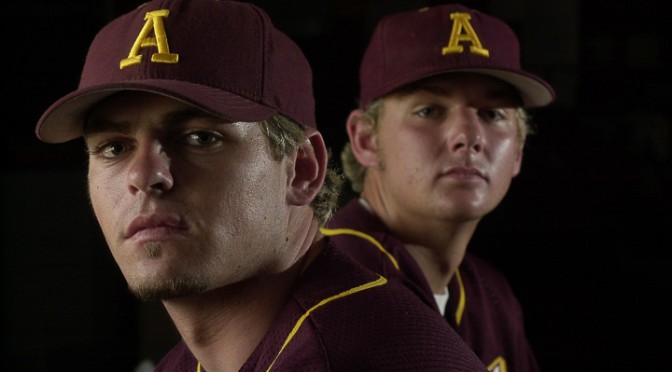
One of the toughest skills to learn in photography is figuring where the best lighting which suits your subject can be found while on location.
By best lighting, I’m referring to strongest directional lighting that comes in generally a horizontal direction.
That light is usually found in a large doorway to a darkened room or window.
That’s the light I want to use as much as possible.
I take a light reading.

Figure out the best compromise between high ISO and a shutter speed that I can hand hold with the lens I have in mind for my shot.
I also consider the depth-of-field especially if there is more than 1 person in the shot.
There may be other light sources but they are all secondary to this one light source.
Whenever possible, I will always use whatever available light that exists in a scene.
The advantage to using available light is you can see the modeling and you can often shoot with wide open apertures to blur out distracting backgrounds.

Not only does this allow you to work faster, in cases where you have large numbers of people, it is often easiest.

During a group photo shoot at the Graber Olive House last year, even though I had all the lighting gear in my arsenal, I sought out the best location for pictures based on available light and backgrounds.
In case you’re wondering why backgrounds matter, compare the picture I made of Miracle Guillory with the same scarf but at 2 different locations.


Generally speaking, front lighting where your key light is lighting your subject from the front is most flattering for women as it barely casts any shadows so it reduces wrinkles and skin imperfections.
But if your subject has a rounder face, it may not be as flattering since it may make their face appear rounder & chubbier. 😉
Compare the 2 pictures of Fryda Fernandez, a wonderful artist and friend who modeled for me recently.
In the left portrait of Fryda, my main light was the window.
I had a silvered reflector attached to a light stand which I moved closer or further depending on how much fill I wanted.
For the portrait on the right, I moved the silvered reflector much closer just out of the frame of the camera. Now the reflector is the main or key light.



Peter Phun Photography

Promote Your Page Too
